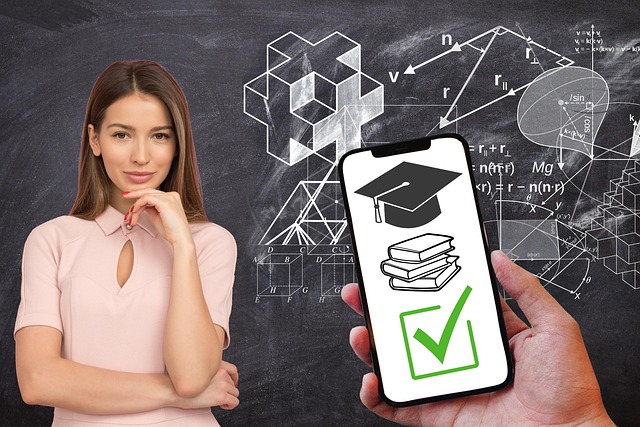In today’s digital age, online education has transformed the way we acquire knowledge, making learning more accessible than ever. However, along with its many benefits come challenges that learners often face. One of the most significant hurdles is the need for efficient online troubleshooting skills. Whether you’re a student navigating a virtual classroom or an instructor delivering content, the ability to resolve technical issues can greatly enhance the learning experience and support knowledge building.
Imagine sitting in front of your computer, ready to dive into a stimulating lecture, only to be met with a buffering video or an unresponsive application. Frustrating, right? This is a situation many learners encounter, but it doesn’t have to derail your educational journey. Identifying basic troubleshooting techniques can empower both students and educators, transforming these potential setbacks into opportunities for growth.
A good starting point for online troubleshooting is understanding the common technical issues associated with online education. From audio problems to connection drops, knowing the usual suspects can save you valuable time. Regularly checking your internet connectivity is essential, as a stable connection is the backbone of effective online learning. Additionally, familiarizing yourself with the platform’s features will enable you to navigate more efficiently, reducing the chances of unwarranted confusion.
Moreover, fostering an interactive learning environment hinges on effective communication. Students should feel encouraged to voice their tech concerns, while educators need to ensure they are approachable and equipped to assist. Platforms that incorporate real-time chat or FAQs can facilitate smoother interactions and help students resolve issues quickly, further promoting knowledge building.
Another critical aspect of online troubleshooting is maintaining updated hardware and software. It’s surprising how often outdated devices can hinder learning. Regularly updating your operating system, browser, and applications can enhance performance and security, making the online education journey more enjoyable and productive.
As we immerse ourselves in virtual education, let’s not overlook the human element. Leveraging peer support through study groups or discussion forums can also enhance the troubleshooting process. Connecting with fellow students allows for shared experiences and collective problem-solving, which not only resolves technical issues but also enriches the learning environment.
Furthermore, educators themselves need to seek ongoing training to keep up with the rapid evolution of technology in education. By staying informed about the latest tools and platforms, they can not only troubleshoot their own issues but also guide students through challenges they may face. This proactive approach fosters a culture of resilience and adaptability, vital traits for navigating the ever-changing landscape of online education.
In summation, becoming adept at online troubleshooting is an indispensable skill in the realm of online education. It requires a blend of technical knowledge, effective communication, and community support. By embracing these strategies, learners and educators alike can enhance their online learning experience, paving the way for deeper knowledge building and enriched academic interactions.




